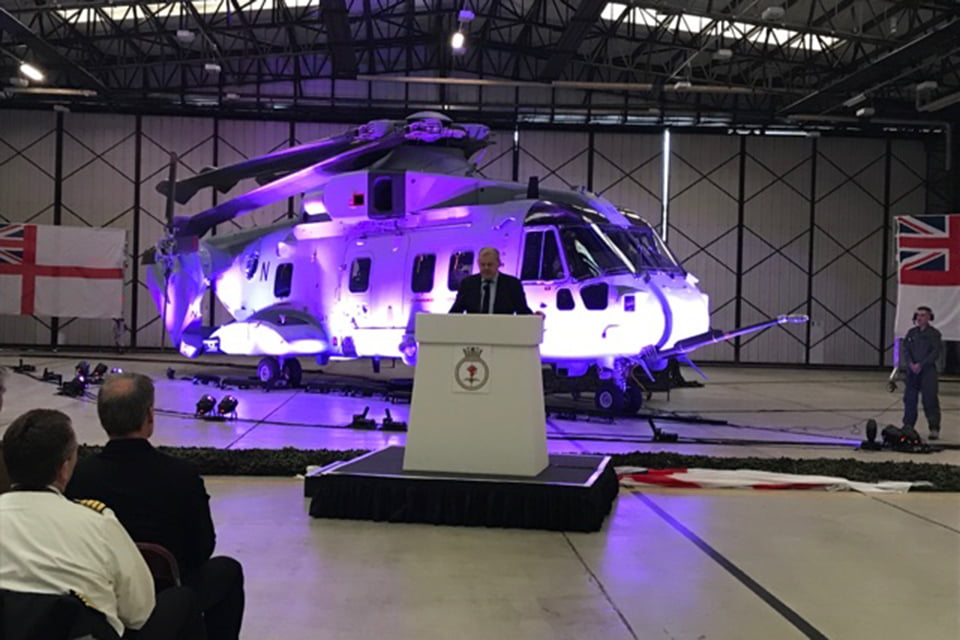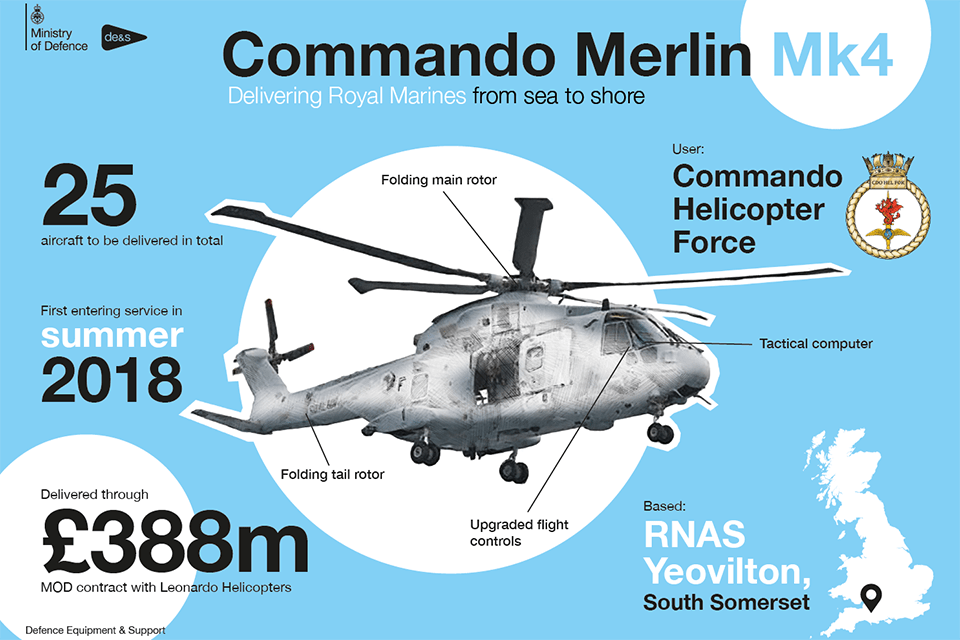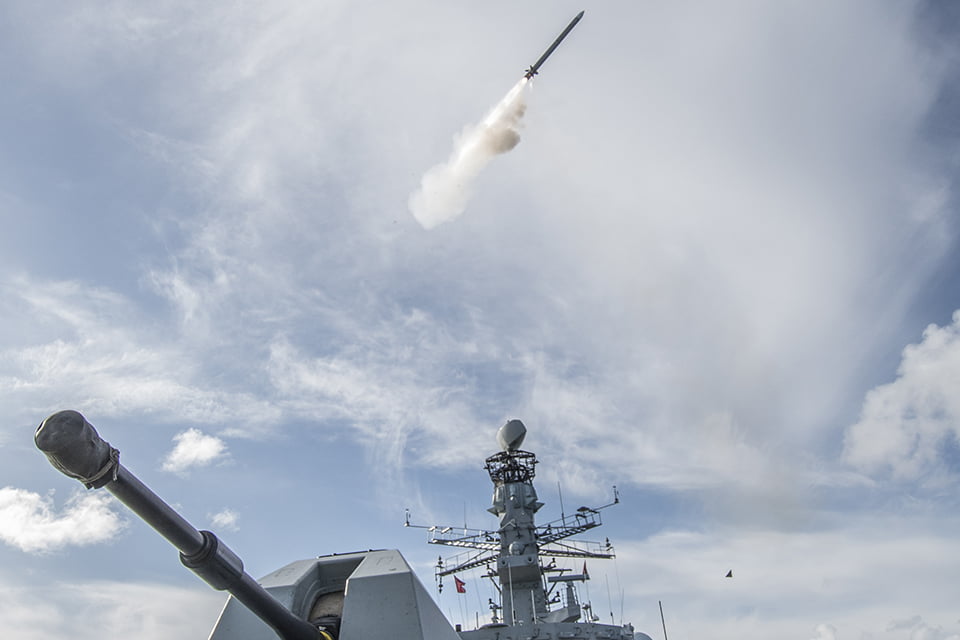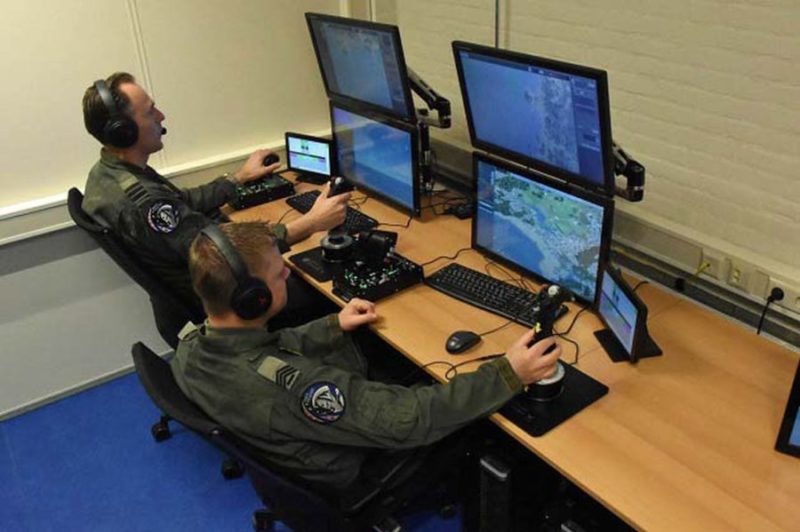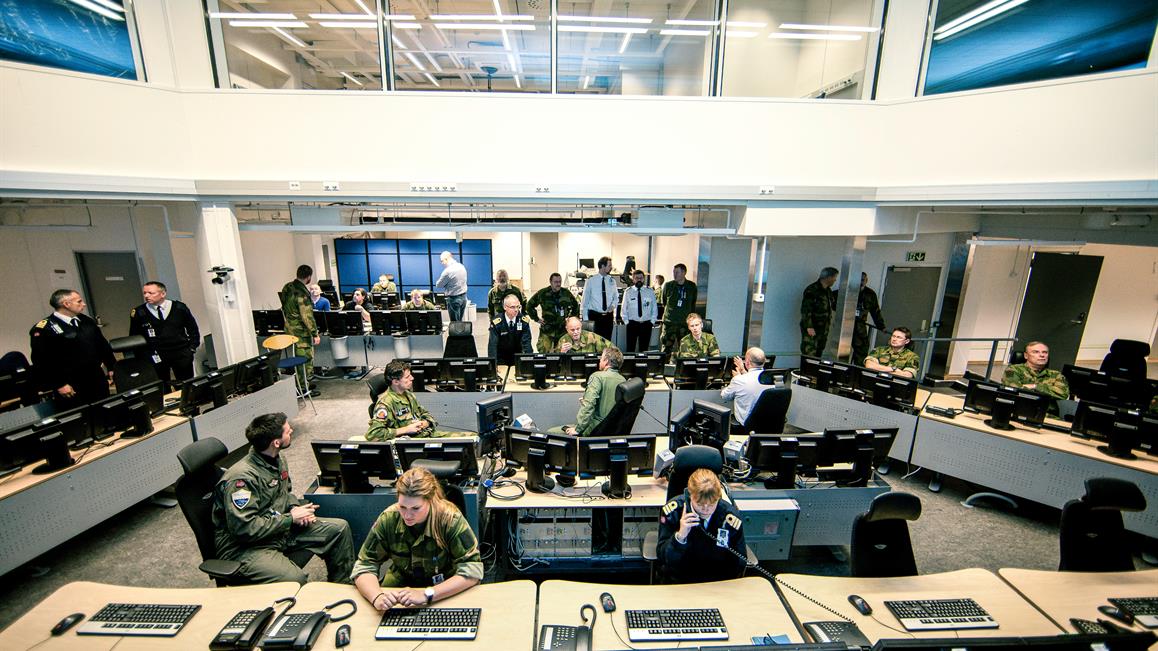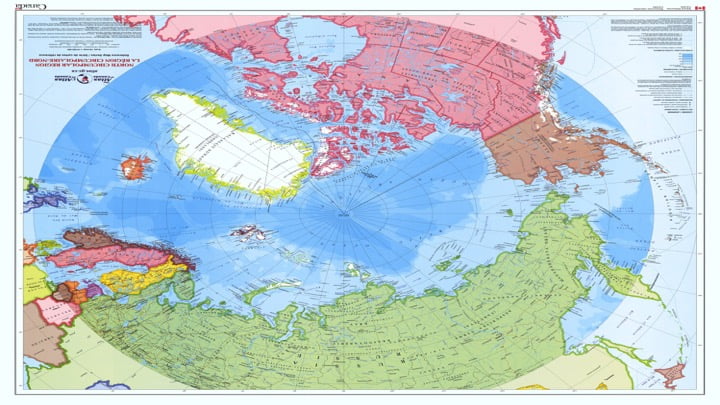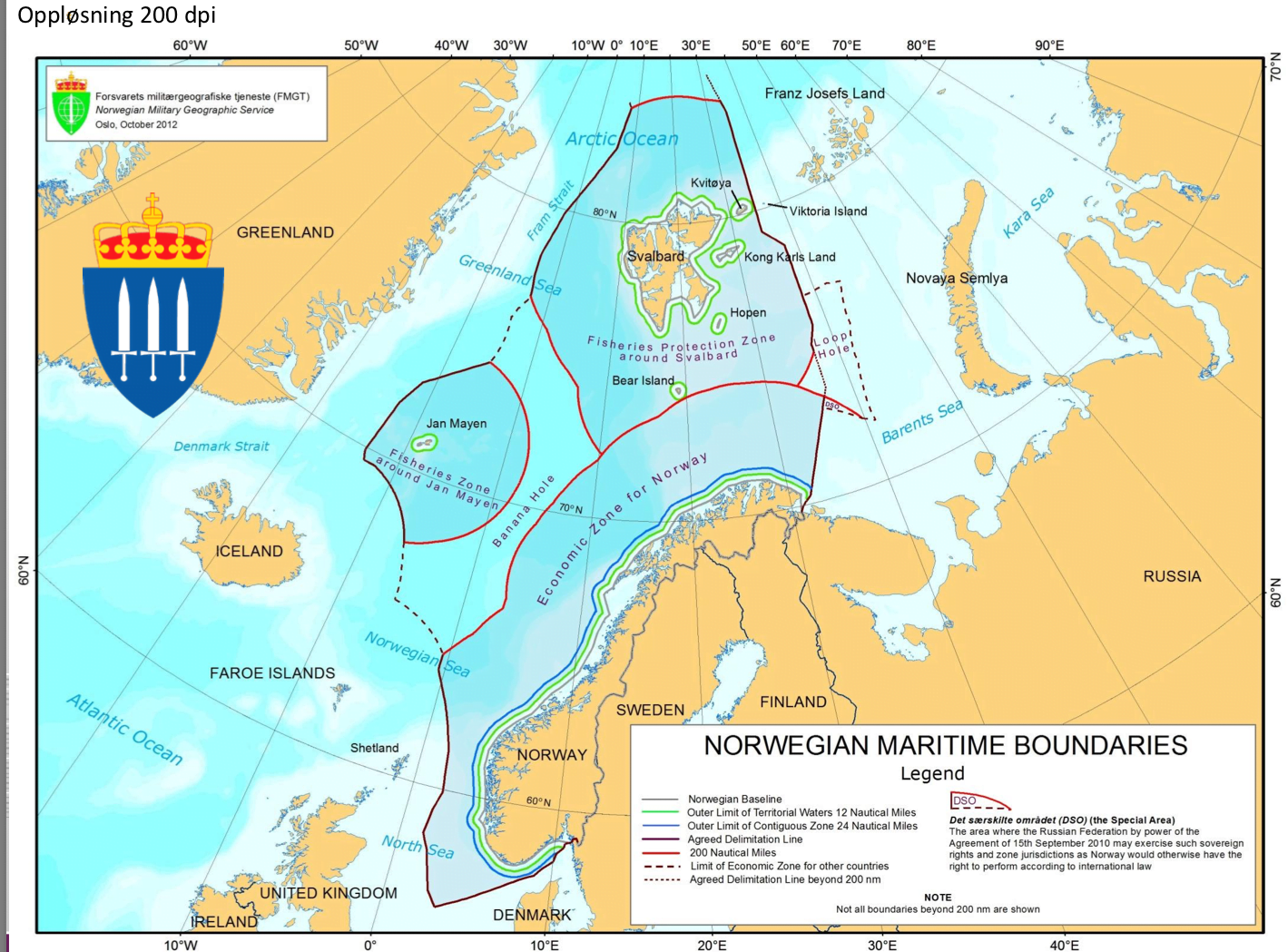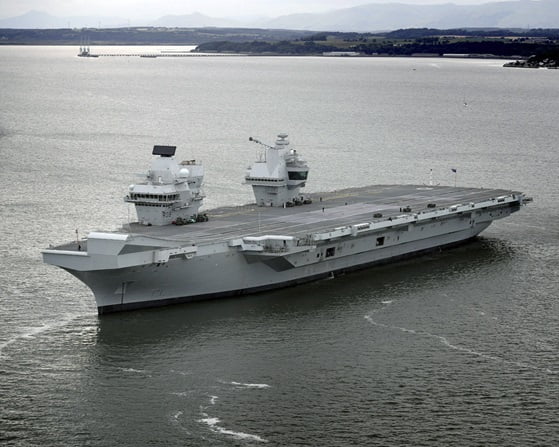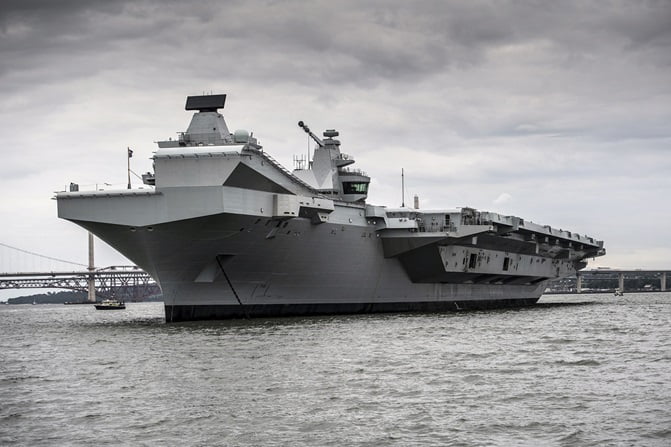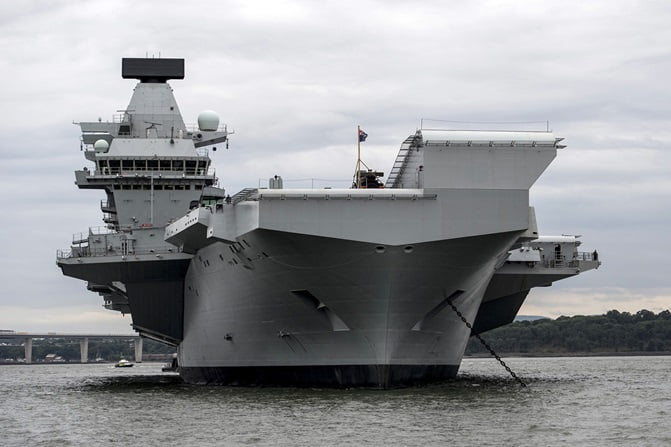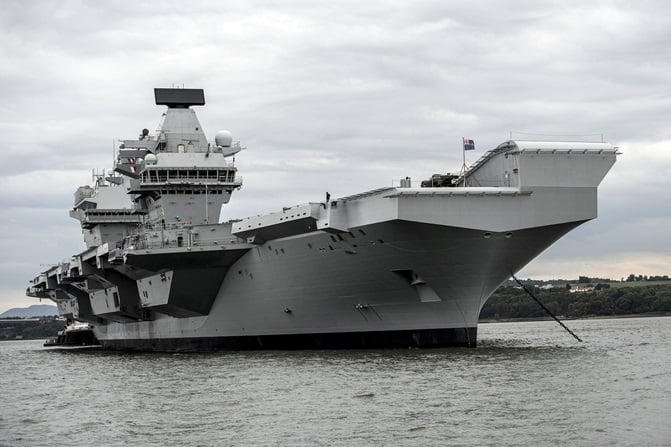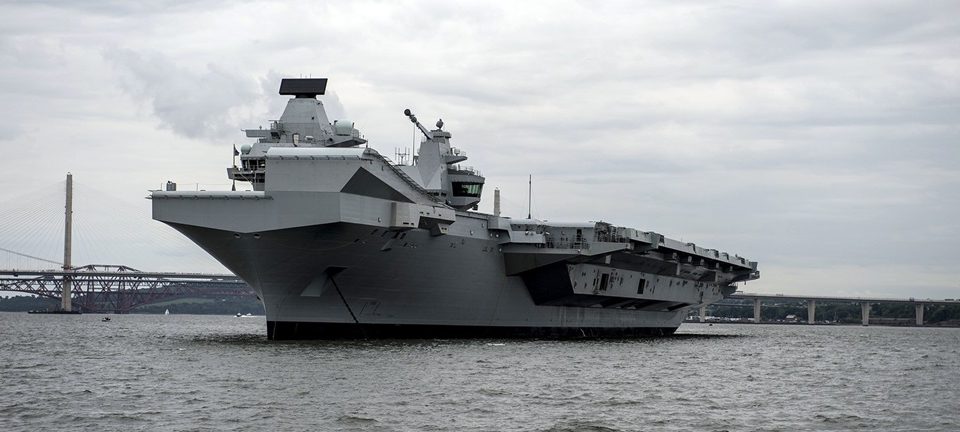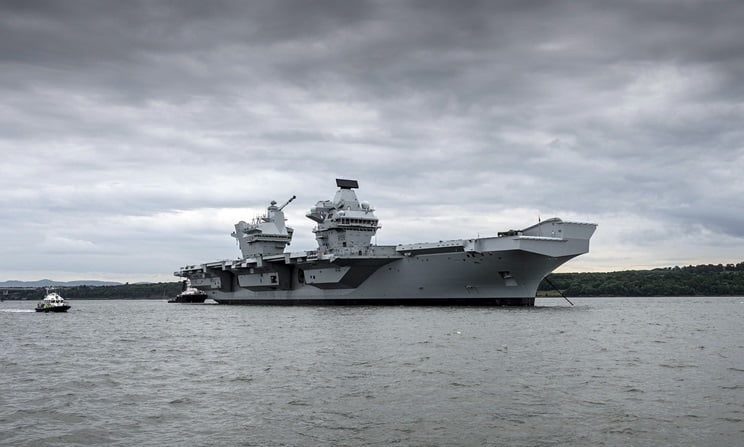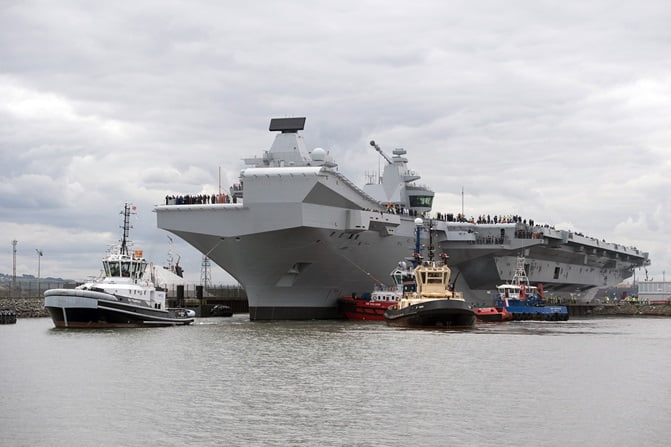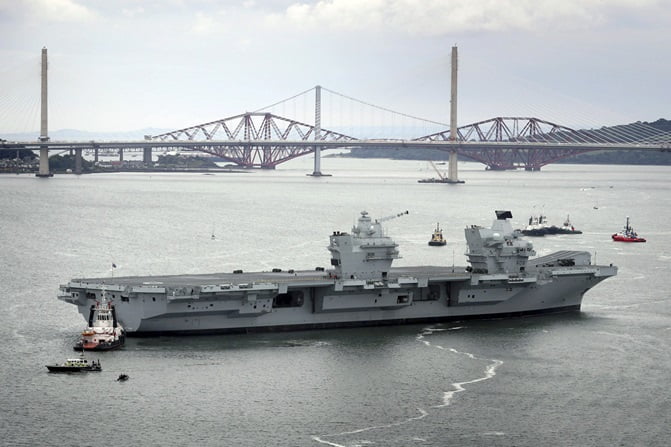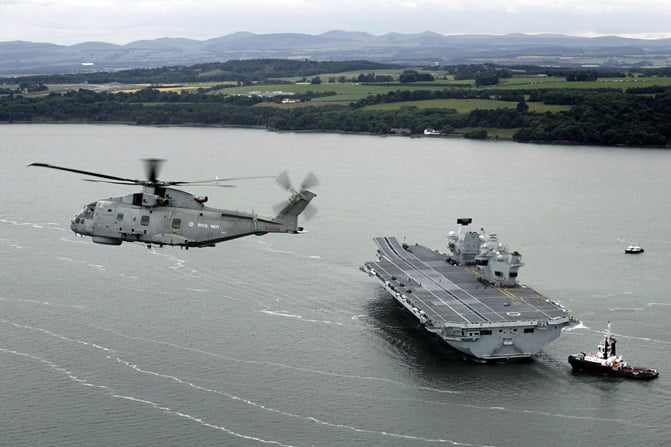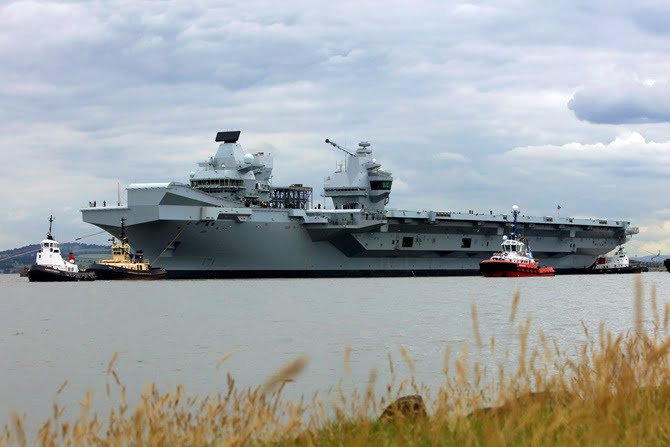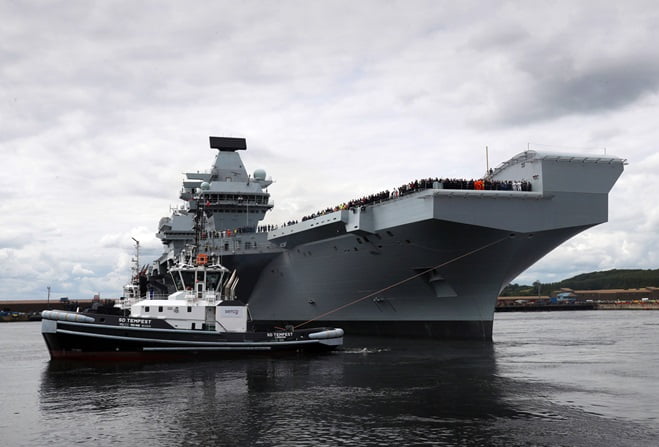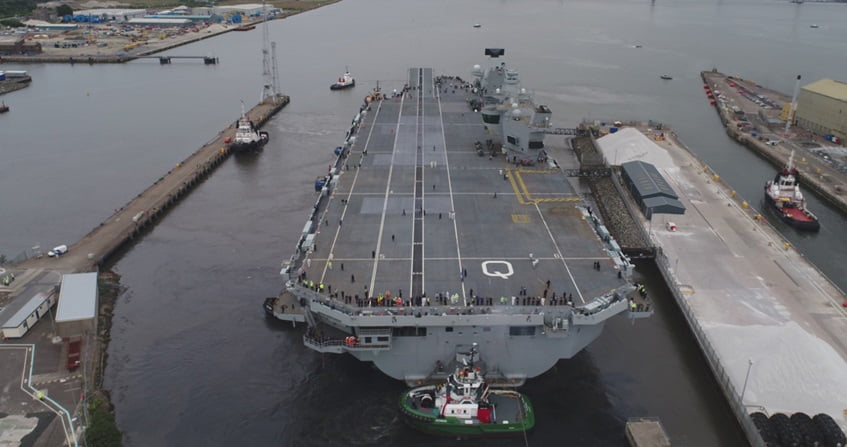By Stephen Blank
For Clausewitz war was a chameleon.
And what we now call hybrid war is inherently a protean chameleon-like process encompassing many dimensions of human activity that are or have hitherto not been thought to be connected with war.
Venezuela, both of its own accord and as a Russian proxy embodies that chameleon-like condition even though it is clearly is a failing if not failed state.
Indeed, Venezuela’s status as a failed state makes it an inherent challenge if not threat to Latin American and Caribbean security.
Caracas’ policies and Russia’s use of Venezuela as a proxy for its own interests adds to the security challenges manifest in what we now call hybrid war and not only in Latin America or the Caribbean.
In and of itself Venezuela under the current Maduro regime has endeavored to preserve the policies embraced by Hugo Chavez.
Among such policies are the following:
- Sponsorship of a Bolivarian Revolution throughout Latin America,
- Running guns to the FARC during the Colombian insurgency,
- Collaborating with Iran’s nuclear program,
- Providing a haven for Arab terrorists in Latin America, becoming a transshipment center for drug trafficking throughout the Americas,
- Buying billions in Russian arms and distributing them to insurgents across Latin America (including the FARC),
- And Supporting Russian efforts to set up intelligence cooperation and organizations for that purpose with like-minded Latin American governments, e.g. Ecuador, relieving sanctions on Cuba etc.
Furthermore, Chavez importuned Moscow not just for a formal alliance, which it resisted, but also for participation in the Bolivarian Alternative for Latin America and the Caribean (ALBA).
President Medvedev in 2008 indicated Russia’s willingness to discuss participation in this organization since it accords with Russia’s ideas about a multipolar world and international division of labor.
This move not only added a seeming legitimacy to Moscow’s presence in Latin America it accorded with past policy aiming to be a member of any multialteral associatoin that would welcome it.
Thus Russia expressed to Argentina its interest in becoming an observer at the South American Defense Council that is part of the Union of South American Nations (UNASUR).
Russia also wants to participate as an observer in the Latin America Association of Training Centers for Peace Operations (Alcopaz)
In other words, Venezuela was and remains not only a center in suport of insurgency and what we now call (whether rightly or not) hybrid war, it also made itself available to Moscow as a willing proxy for the advancement of Rusisan military andpolitical goals in Latin America.
And this relationship has lasted for over a decade.
More recently Moscow through Igor Sechinb’s company, Rosneft, has sprung to the relief of Venezuela by buying up its debt in return for equity in PDVSA the national oil ocmpany.
This also gives Moscow potential leverage over the CITGO gasoline company network in the U.S. which is 50% owned by PDVSA. Should PDVSA go bankrupt or more likely Venezuela default on its debts, an outocme that seems increaisngly inevitable, especially in thelight of its falling oil production, Moscow stands to gain the chance to take ocntrol of CITGO.
Rosneft need only buy a few bonds to take over PDVSA.
But beyond this possiblity we can easily envision another, a more direct military possiblity should Venezuela default.
Moscow has used debt for equity schemes in the former Solviet territory to take over not just critical natioinal econoic sctors among the successor states but also to compel them to grant it bases in perpetuity or at least for many decades.
A similar process is occurring in Syria where the Rusisan intervention has allowed Moscow to gain not only privileged niches in Syria’s economy, particularly the energy sector, but also a naval a base at Tartus and the KHmein im Air Base.
In Venezuela’s case we could well see a situaiton emerging under conditons ofdefault where Moscow not only seizes control of PDVSA but also uses the leverage it hasaccrued to extract governmental support for a naval base in Venezuela.
This is hardly as far-fetched as it may seem to some observers.
On February 26, 2014 Defense Minister Sergei Shoigu announced that Russia would establish permanent bases in Cuba, Vietnam, Nicaragua, Singapore, the Seychelles Islands off Africa.
While these might not be naval bases on the order of the formal U.S. appellation of naval bases across the globe, it is clear that these would be used, inter alia, to facilitate Russian power projection and intelligence gathering as well as to sustain Russian political influence in the host country.
We already see the navy moving forward on its plans for bases throughout the Levant and the Eastern Mediterranean and Nicaragua is already very deeply penetrated by Russia.
A naval base there is by no means out of the question.
Similarly an air or naval base in Venezuela in return for financial and political support cannot be summarily excluded from the realm of possibility.
And at the same time Venezuela’s ongoing willingness to be Moscow’s proxy allows it to be used for purposes going beyond South America.
It is safe to say that Venezuela now depends on Russia for its economic survival and serves Moscow in ways that go beyond Latin America.
In November 2017, Russian propaganda outlets RT and Sputnik disseminated a barrage of messages on social media related to Venezuela and the ideas of its late leader Hugo Chavez to launch a withering information attack on Spain in the aftermath of the referendum on Catalonian independence.
Since then it has become a matter of public record that Moscow has routed thousands of bots and cyber-attacks on Spain in support of the Catalonian referendum on independence through Venezuela to make it more difficult to trace them and to pretend that they originated in Spanish speaking countries.
This online campaign demonstrated how Russian media access in Latin America enables Moscow to obtain the means by which it can wage information war against Spain and other Luso-Hispanic movements and communities in both the Western and Eastern hemispheres.
Indeed, US officials have recently reiterated charges that Russia is interfering in Mexico’s upcoming presidential elections.
None of the actions undertaken by Caracas in its own behalf or on behalf of Russia amounts to a casus belli or an example of war, classically understood.
But its direct and proxy actions, taken in their totality, highlight the protean political, economic, informational, and military dimensions of what is now called hybrid war, a phenomenon that “transgresses” conventional lines between war and non-war or peace.
Venezuela’s actions and role fully reflect the chameleon-like nature of contemporary war and will continue to do so.
And when the state fails completely as seems ultimately likely not only will we see the real possibility for large-scale internal violence, that violence could conceivably “jump” the state’s borders and engulf other Latin American countries in its flames.
As Venezuela suggests today, peacetime, at least for aggressor states, is increasingly nothing more than a cover for preparatory moves in a wartime scenario below the threshold that would lead to large-scale kinetic clashes.
The lessons it offers therefore merit careful and ongoing scrutiny and not only In Latin America.
Stephen Blank is a Senior Fellow of the American Foreign Policy Council
The featured photo shows Russia’s President Vladimir Putin meeting with the President of Venezuela Nicolas Maduro in the Kremlin, October 2017. Photo Credit: Kremlin.ru.


